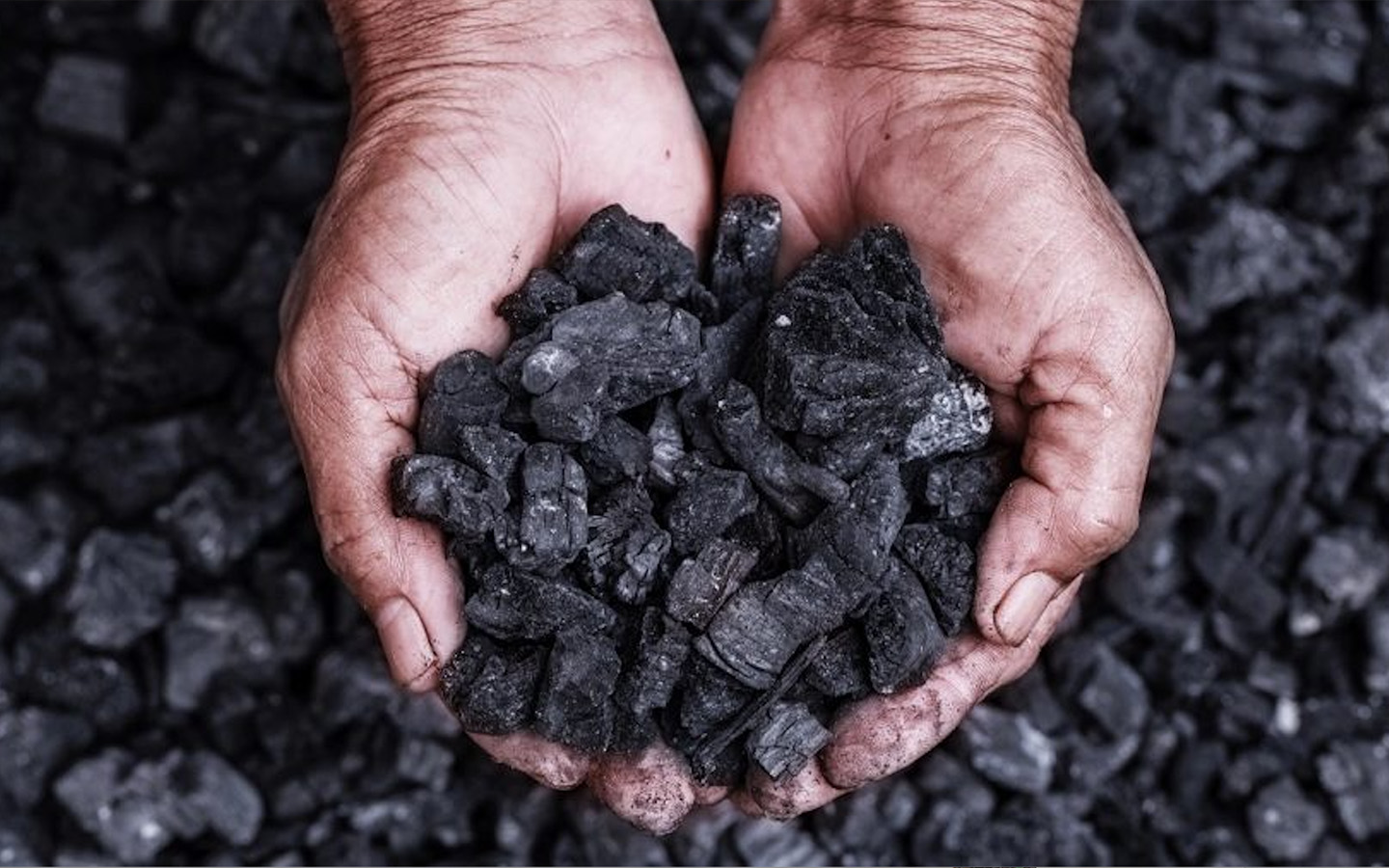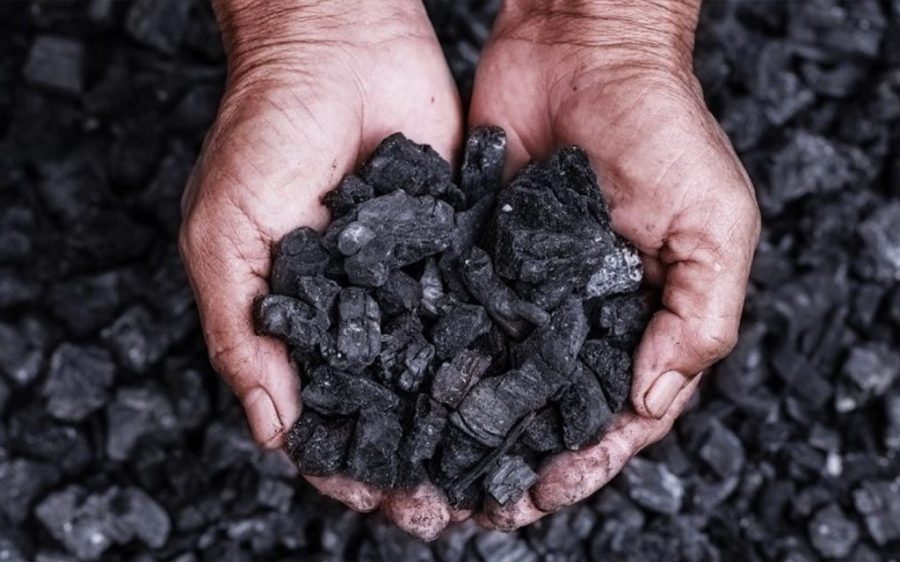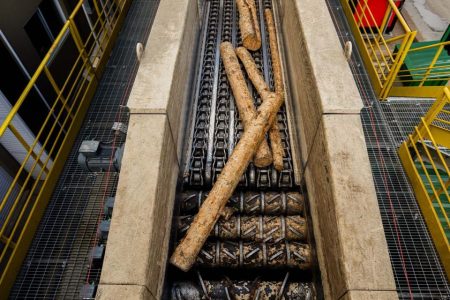Australian company Triton Minerals has signed an agreement divesting 70 percent of its graphite assets in Mozambique to a subsidiary of bulk commodities trading giant Shandong Yulong Gold in return for a cash consideration of US$17 million.
The divestment includes all of Triton’s interests in the flagship Ancuabe project, as well as the Nicanda Hill, Nicanda West and Cobra Plains leases. Triton will initially retain a 30-percent joint venture (JV) interest in the assets, allowing the Australian company the opportunity to co-develop and operate the project.
“We look forward to working with Shandong in executing the transaction and going forward as a JV partner,” said Andrew Frazer, executive director of Triton Minerals.
[See more: Mozambique is building a new port to boost mineral exports]
He added that the transaction was “the best way to generate value for our shareholders in a timely manner, given Shandong Yulong’s size, balance sheet and desire to develop and operate these graphite assets.”
Shandong Yulong already has a vested interest in Triton Minerals, holding nearly 36-percent voting power together with its associates.
Those commonly associated with the making of pencils, graphite in fact has multiple industrial uses, from lubricants, polishes and brushes for electric motors, to cores of nuclear reactors and even steelmaking, where it is used to produce electrodes for electric arc furnaces. Mozambique is the world’s second largest producer of graphite.






